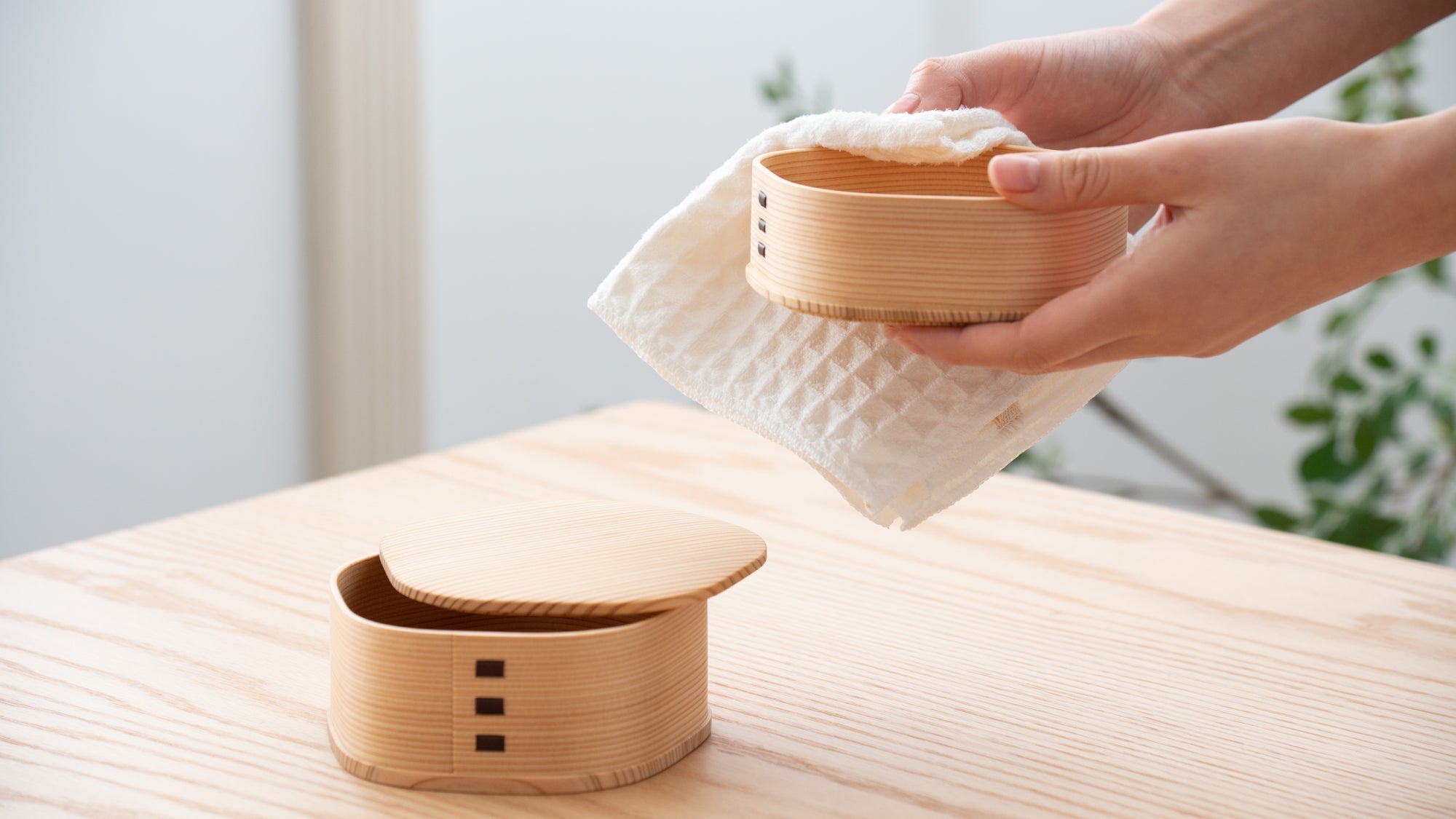
How to Care for Magewappa?
Written by Team MUSUBI
Magewappa can be used for a long time with proper usage and maintenance.
When using Magewappa for the first time, it is recommended to run it under slightly warm water several times before using it, and then dry it in a well-ventilated place to best prevent odors and stains from penetrating the product.
All Magewappa products sold at our store can be filled with oily or dyeable foodstuffs without coloration to the wood.
The type we select is coated with urethane on the surface. Bento boxes are often used to hold fried or stir-fried foods along with rice. Uncoated ones can quickly become stained or take a little time to dry, but with the urethane coating, you can put fried or stir-fried foods in them with no worries.
The appeal of Magewappa is that it can be handled easily while enjoying the texture and silhouette of natural wood. Feel the texture and charm you can't experience with plastic lunch boxes.
table of contents
1. Wash gently

After use, clean with water using a mild detergent and a soft sponge. Do not use a dishwasher, dryer, cleanser, bleach, or scrubbing brush as they may damage the wood.
2. Dry thoroughly

Attentions
- Avoid open flames, microwave ovens, ovens, dishwashers, and dryers.
- Do not use cleansers, bleach, or metal brushes as they will damage the product.
- Never leave product immersed in water or hot water for extended periods of time.
- Avoid leaving the product in direct sunlight or near fire. Doing so may cause deformation or discoloration.
- Poking the bottom of the product with metal cutlery or pointed chopsticks may cause the coating to peel or darken due to moisture.
View Magewappa Collection

Magewappa is a Japanese bending wood technique that has been carried on in Odate City, Akita Prefecture for 1,300 years. In the late 17th century, it developed as a side job for the lower class Samurai of downtown Odate Castle, and in 1980, Odate's Magewappa was designated as the only Japanese traditional craft among all Magewappa in Japan.


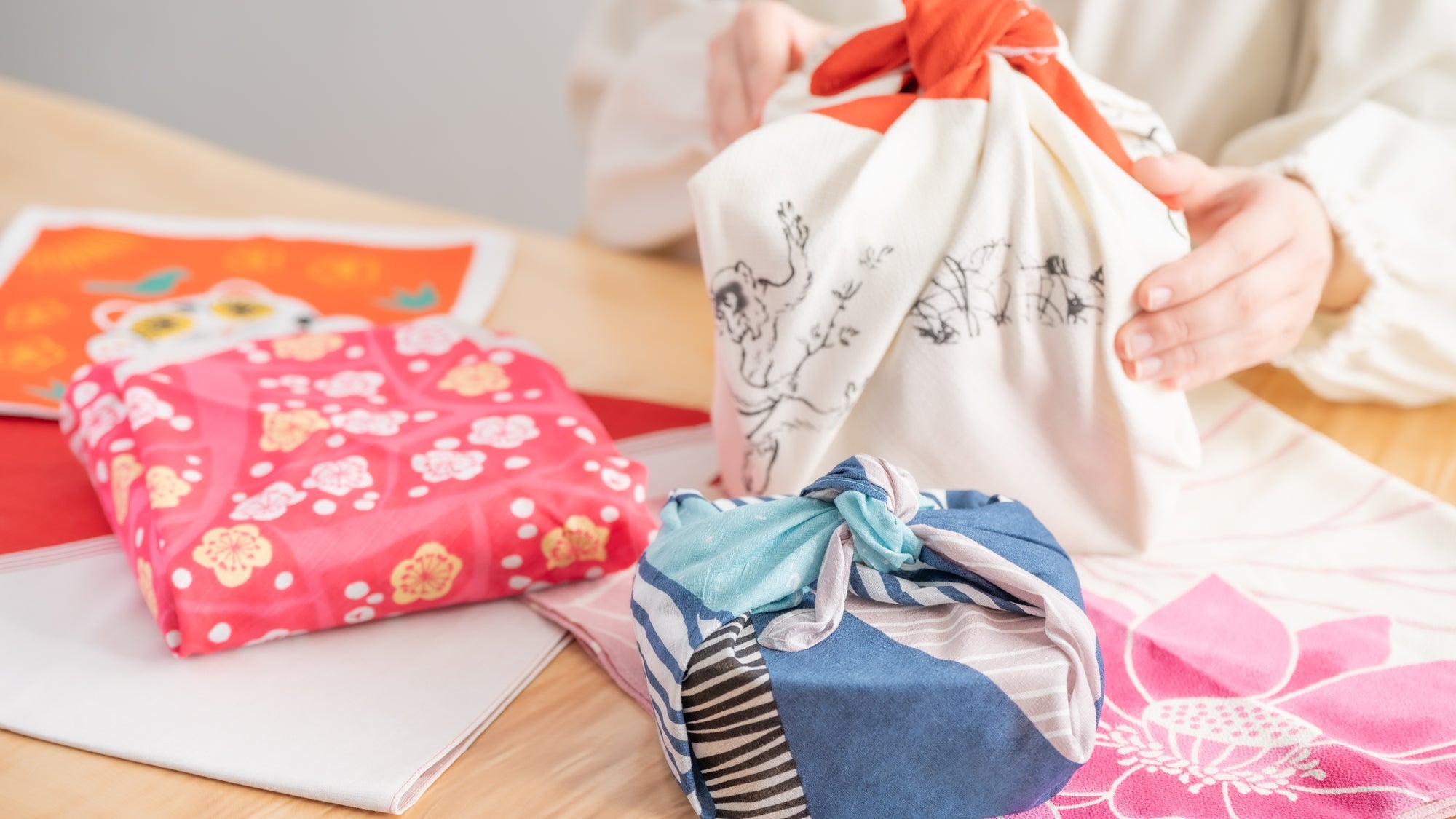
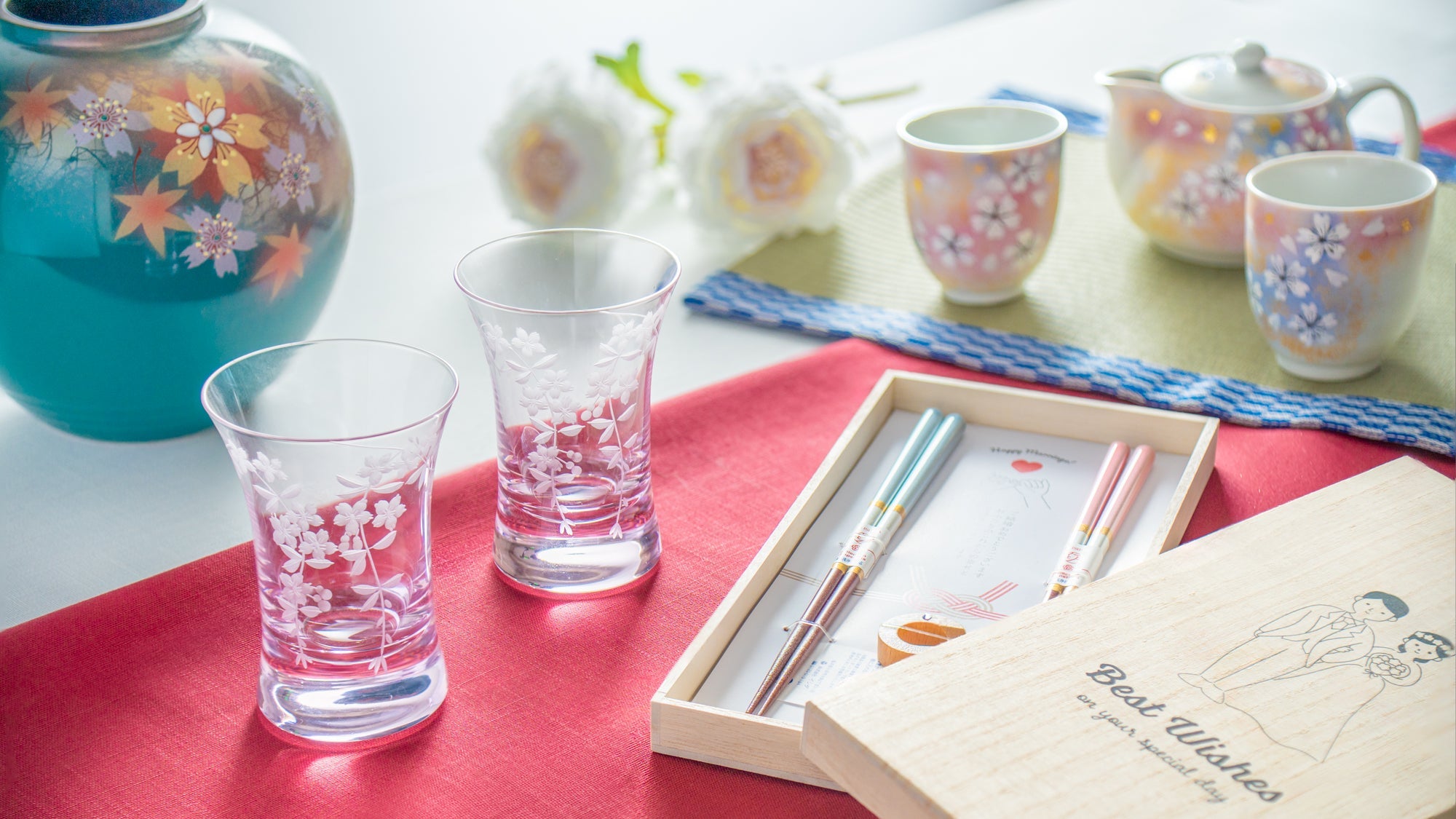
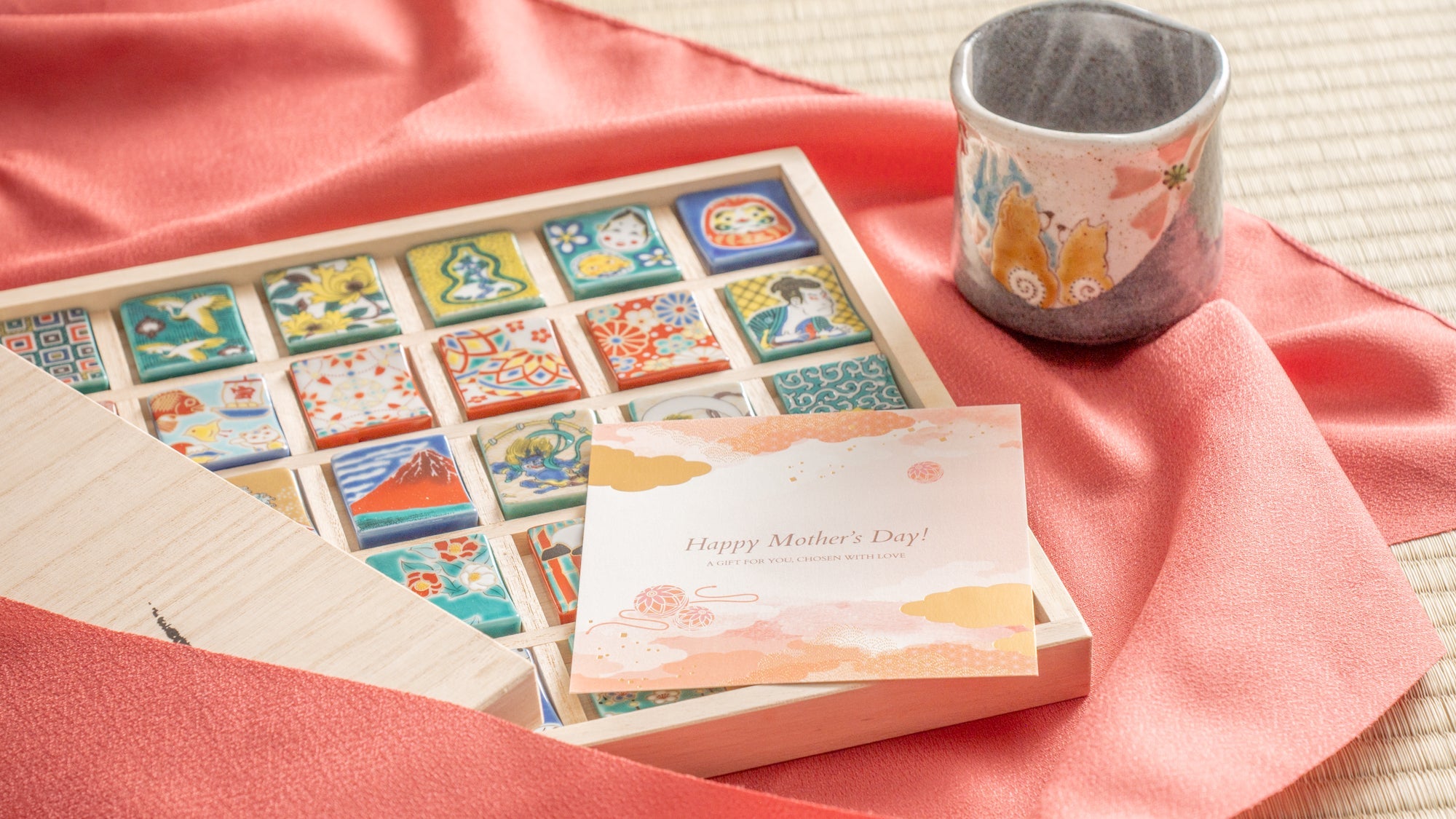
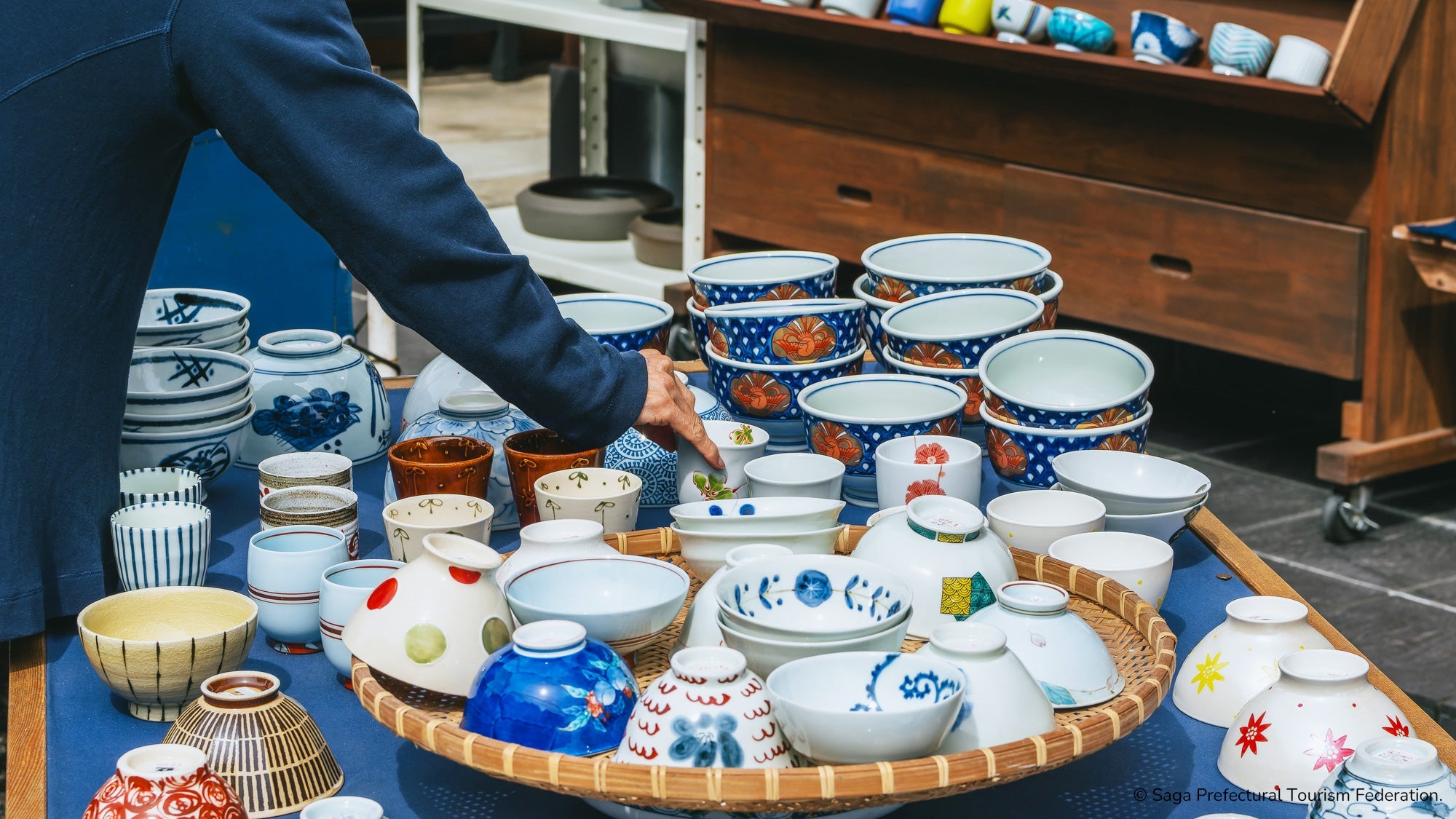
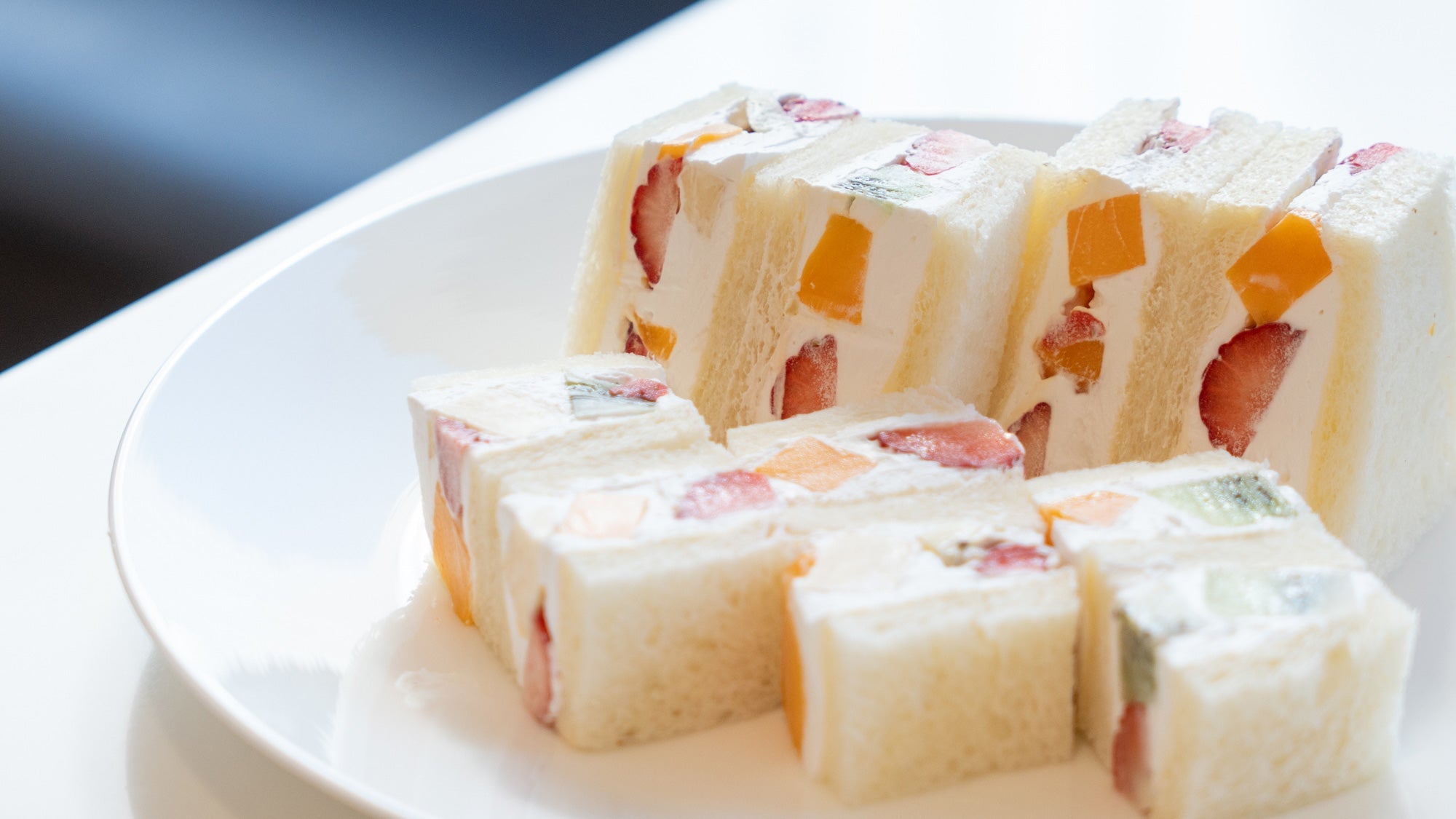

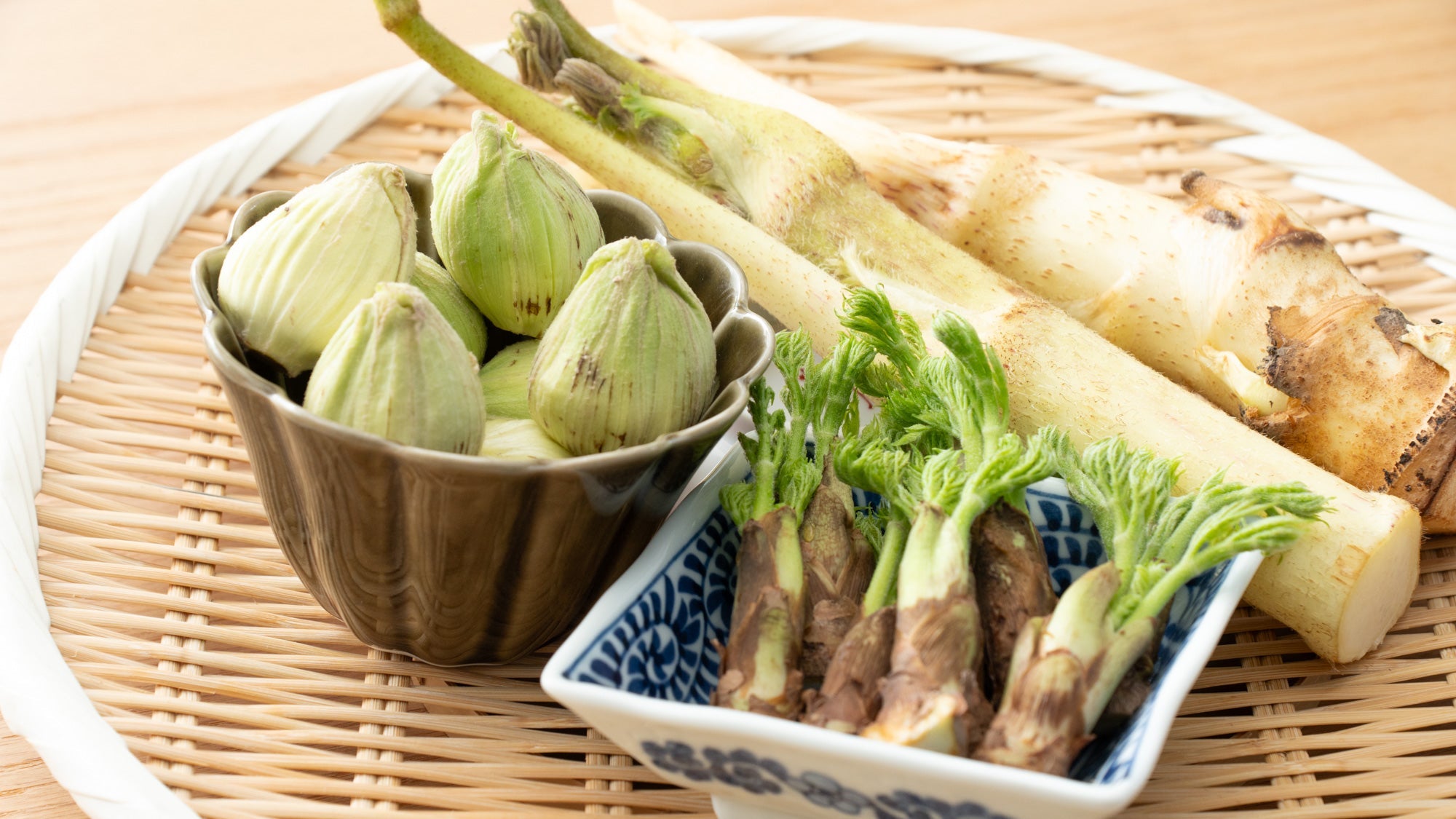

Leave a comment
This site is protected by hCaptcha and the hCaptcha Privacy Policy and Terms of Service apply.